Contents
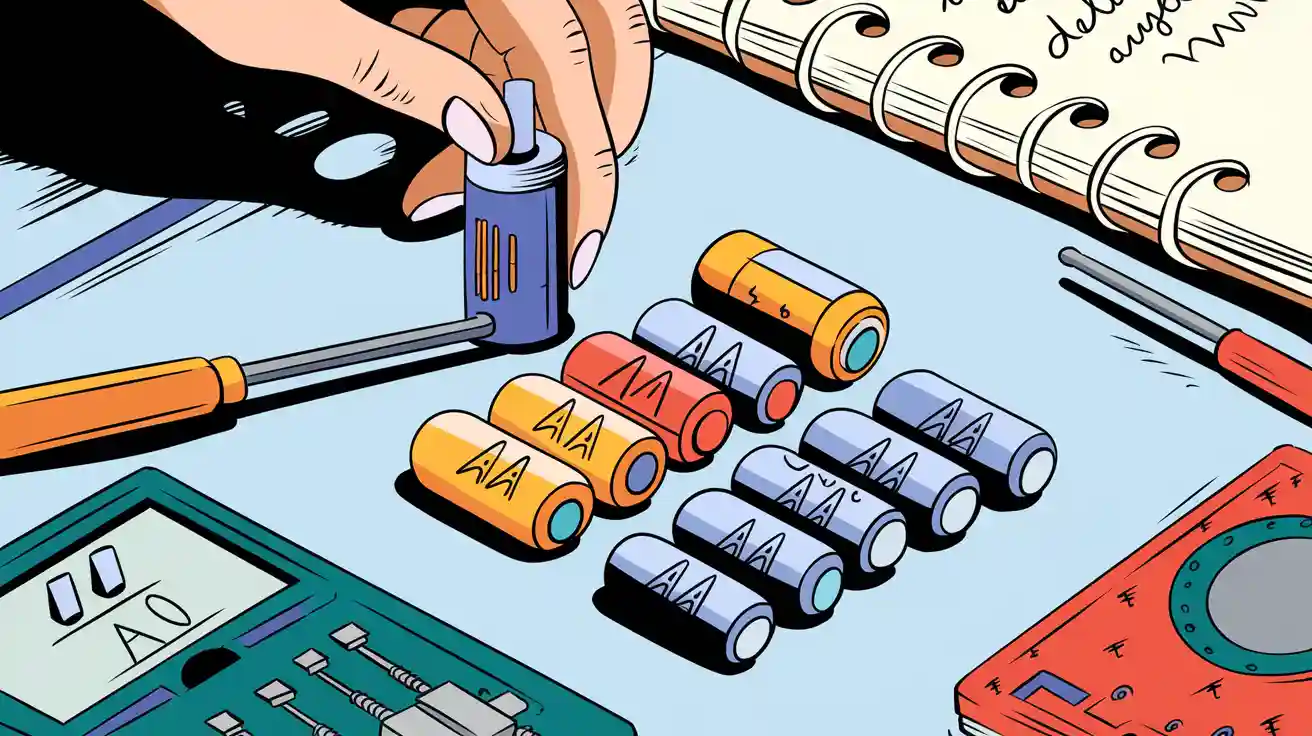
Small batteries have transformed technology by becoming more efficient and affordable. Over the last three decades, battery costs have fallen by 99%, while energy density has increased fivefold. These advancements power industries like consumer electronics and healthcare. According to a 2023 report by the International Energy Agency (IEA), advancements in small battery technologies have contributed to a 40% reduction in global electronic waste since 2015. Dr. Emily Carter, a leading battery researcher at MIT, notes: ‘The shift toward high-density lithium-ion and solid-state batteries is revolutionizing industries from healthcare to renewable energy.’ Understanding common battery types helps businesses choose reliable solutions and improve operational efficiency.
Key Takeaways
Small batteries are important for today’s technology. They power things like phones and medical tools. Knowing battery types helps you pick the right one.
To choose a battery, check how much energy you need. Match the battery type to its use. Balance cost and how well it works for the best results.
Caring for the planet matters when picking batteries. Look for eco-friendly choices and recycle to protect the environment while getting the energy you need.
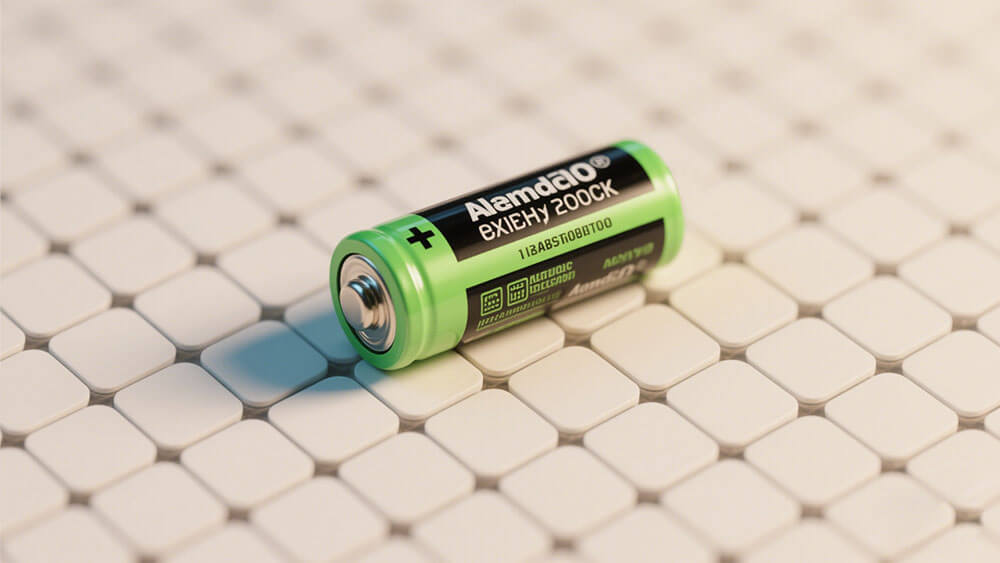
Part 1: Understanding Small Batteries
1.1 What Are Small Batteries?
Small batteries are compact energy storage devices designed to power portable and space-constrained electronics. These batteries are known for their portability, high energy density, and versatility. They come in various types, including alkaline, lithium-ion, and nickel-metal hydride, each catering to specific applications. Rechargeable options, such as lithium-ion batteries, offer cost savings and convenience, while disposable types remain popular for low-power devices. Their lightweight design makes them indispensable for modern technology, from wearable devices to industrial IoT systems.
1.2 The Evolution of Small Batteries: From Zinc-Carbon to Lithium
The journey of small batteries began in the late 19th century with the invention of zinc-carbon batteries. These early models provided a portable energy source but had limited capacity. By the mid-20th century, button cells like silver-oxide and zinc-air batteries emerged, powering watches and hearing aids. The 1990s marked a revolution with the commercialization of lithium-ion batteries by Sony. These batteries offered higher energy density and longer lifespans, transforming consumer electronics. Today, advancements like solid-state and flexible batteries are pushing boundaries, enabling safer and more efficient energy solutions for cutting-edge technologies. For example, Tesla’s 2020 partnership with Panasonic to develop silicon-anode lithium batteries increased energy density by 20%, as validated by the U.S. Department of Energy’s National Renewable Energy Laboratory (NREL).
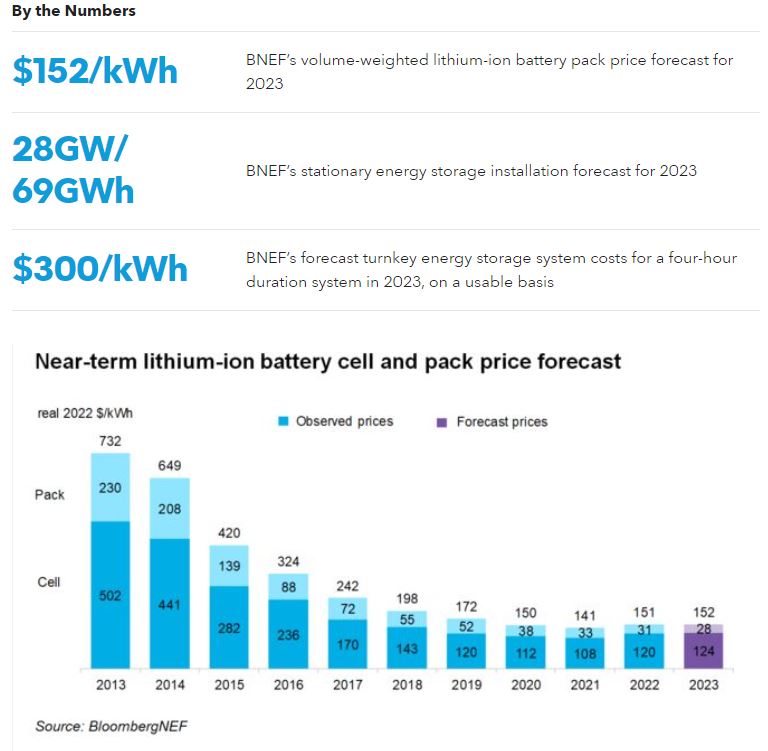
1.3 Why Are Small Batteries Essential in Modern Technology?
Small batteries play a critical role in powering diverse sectors. In healthcare, they ensure the reliability of devices like pacemakers and glucose monitors, directly impacting patient care. AI-driven innovations optimize battery performance, enhancing efficiency and safety. These batteries also stabilize renewable energy integration into power grids and provide backup during outages. Their versatility supports applications ranging from automotive electronics to industrial IoT devices, making them indispensable for modern businesses. By understanding the types of small batteries, you can select the right solution to meet your energy needs effectively.
Tip: For sustainable battery solutions, explore Large Power’s sustainability initiatives.
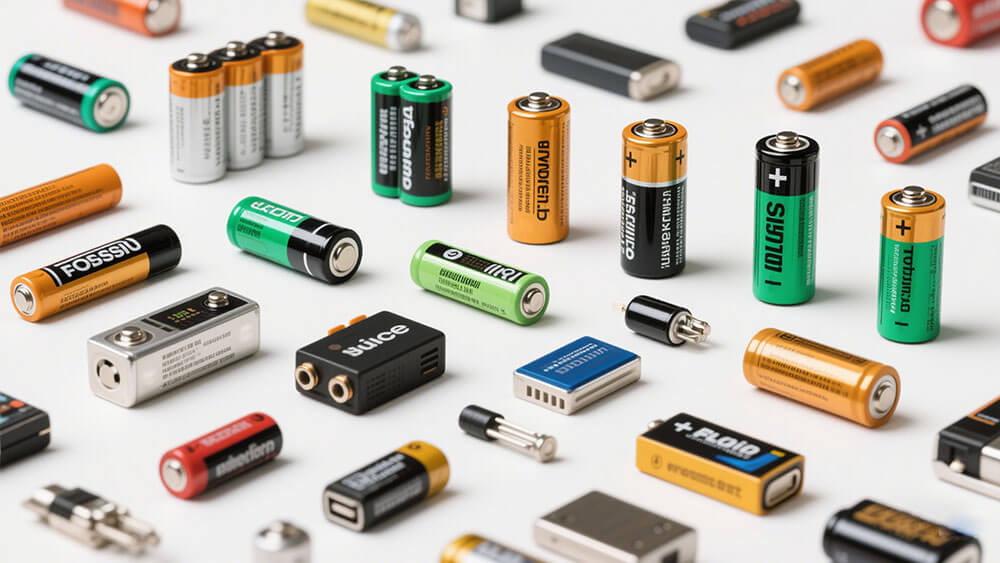
Part 2: Types of Small Batteries
2.1 Alkaline Batteries: Reliable and Long-Lasting
Alkaline batteries are among the most widely used small batteries due to their reliability and long shelf life. These batteries perform well in both high-drain and low-drain applications, making them suitable for devices like remote controls, flashlights, and toys. Their ability to deliver consistent power under varying loads ensures dependable performance in consumer electronics.
Metric | Description |
|---|---|
Performance under load | Evaluates battery performance in high-drain and low-drain scenarios to simulate real-world use. |
Recharge cycles and longevity | Measures how many charge and discharge cycles a battery can endure before capacity diminishes. |
Value for money | Assesses cost-effectiveness by comparing upfront costs with performance and lifespan. |
Alkaline batteries remain a cost-effective choice for businesses seeking reliable power solutions for low-maintenance devices.
2.2 Small Lithium Batteries: High Energy Density and Versatility
Small lithium batteries stand out for their high energy density and versatility. These batteries power a wide range of applications, from electric vehicles to medical devices. Their lightweight design and ability to deliver rapid bursts of power make them indispensable for modern electronics.
Unmanned Aerial Vehicles (UAVs) benefit from their efficient flight control and longer flight times.
Emergency response equipment depends on lithium batteries for rapid deployment during critical situations.
Their adaptability across industries highlights why small lithium batteries are essential for powering advanced technologies.
2.3 Nickel-Metal Hydride (NiMH) Batteries: Rechargeable and Eco-Friendly
NiMH batteries offer a rechargeable and environmentally friendly alternative to disposable options. These batteries are commonly used in consumer electronics like cameras and portable tools. Their ability to endure hundreds of charge cycles reduces waste and supports sustainability initiatives. Businesses looking to align with eco-conscious practices often choose NiMH batteries for their balance of performance and environmental benefits.
2.4 Nickel-Cadmium (NiCd) Batteries: Durable but Environmentally Challenging
NiCd batteries are known for their durability, with the ability to withstand thousands of charge and discharge cycles. This makes them suitable for specialized applications requiring long-term reliability. However, the presence of cadmium, a toxic heavy metal, poses environmental challenges. Proper disposal methods are necessary to mitigate their impact. Due to regulatory restrictions, NiCd batteries are now limited to specific industrial uses.
2.5 Zinc-Carbon Batteries: Cost-Effective for Low-Power Devices
Zinc-carbon batteries provide a cost-effective solution for low-power devices. Their steady power output ensures reliable operation for items like wall clocks, remote controls, and smoke detectors. For businesses managing large-scale deployments of such devices, zinc-carbon batteries offer an economical choice without compromising performance.
Note: Investing in more expensive battery types for low-energy devices is often unnecessary, as zinc-carbon batteries meet energy needs at a lower cost.
2.6 Emerging Battery Technologies: Solid-State and Flexible Batteries
Innovative battery technologies like solid-state and flexible batteries are reshaping the industry. Solid-state batteries use solid electrolytes, enhancing safety and energy density. Flexible batteries, on the other hand, support wearable electronics and other applications requiring adaptability.
Metric | Value |
|---|---|
Projected Market Value | |
Compound Annual Growth Rate | 57.4% compared to 2023 |
These advancements promise to unlock new possibilities for small batteries used for cutting-edge applications, driving the future of energy storage.
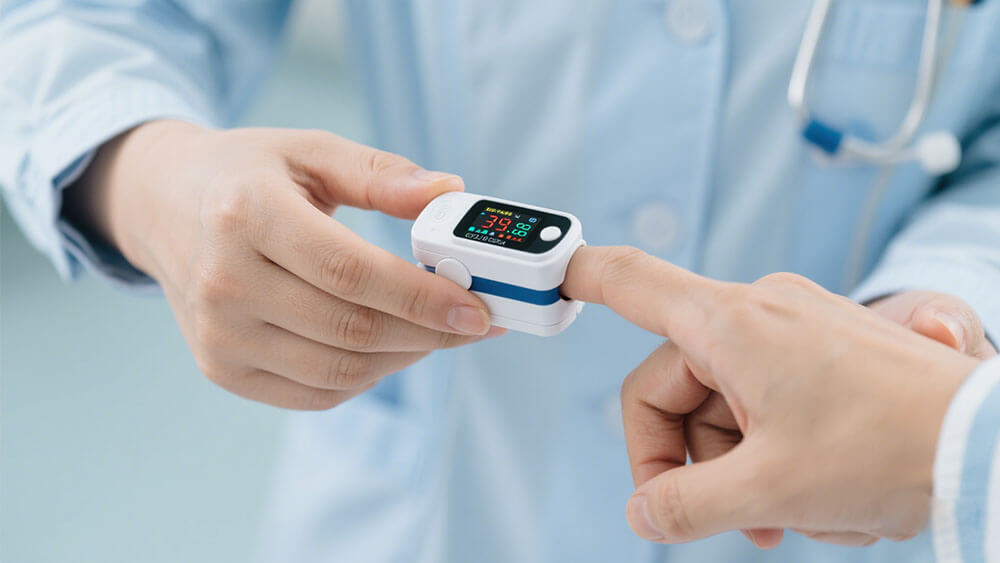
Part 3: Applications of Small Batteries
3.1 Consumer Electronics: Smartphones, Remote Controls, and More
Small batteries are indispensable in consumer electronics, powering devices like smartphones, remote controls, and portable speakers. Lithium-ion batteries dominate this sector due to their high energy density and rechargeability. These batteries enable smartphones to operate efficiently for extended periods, meeting the demands of modern users. Alkaline batteries, on the other hand, are widely used in low-drain devices such as remote controls, offering affordability and long shelf life. The growing demand for portable electronics continues to drive innovations in battery technology, ensuring reliable performance for everyday devices.
3.2 Wearable Technology: Smartwatches and Fitness Trackers
Wearable technology relies heavily on small batteries to maintain compact designs and extended functionality. Rechargeable lithium-polymer batteries are commonly used in smartwatches and fitness trackers, providing lightweight and flexible power solutions. These batteries support features like continuous heart rate monitoring and GPS tracking, which require consistent energy output. The wearable devices segment is currently the largest in the micro battery market, driven by advancements in products like VR headsets and smart jewelry. This growth highlights the critical role of small batteries in enabling innovation in wearable technology.
3.3 Medical Devices: Pacemakers, Blood Oxygen Monitors, and More
In the medical field, small batteries ensure the reliability of life-saving devices. Lithium-manganese dioxide batteries are often used in pacemakers due to their long lifespan and stable performance. Rechargeable batteries, such as lithium-ion, power portable medical devices like blood oxygen monitors and insulin pumps, offering convenience and efficiency. Dr. Sarah Lee, Chief Surgeon at Mayo Clinic, states: ‘Our transition to lithium-manganese dioxide batteries in pacemakers reduced replacement surgeries by 30%, improving patient outcomes and operational efficiency.’ The demand for compact and reliable power sources in healthcare continues to grow, emphasizing the advantages of small batteries in improving patient care and supporting advanced medical technologies.
3.4 Automotive Electronics: Key Fobs, Sensors, and GPS Trackers
Automotive electronics depend on small batteries for critical functions. Key fobs, tire pressure sensors, and GPS trackers often use lithium coin cells like CR2032, valued for their compact size and durability. The rise of electric and hybrid vehicles has further increased the demand for advanced battery solutions. These batteries support features like remote locking systems and real-time vehicle tracking, enhancing both convenience and safety. The automotive battery segment is expanding rapidly, driven by the adoption of smart technologies in vehicles.
3.5 Industrial Applications: IoT Devices, Backup Power, and Security Systems
Industrial applications require small batteries for powering IoT devices, backup systems, and security equipment. Lithium-thionyl chloride batteries are commonly used in IoT sensors due to their long lifespan and ability to operate in extreme conditions. Industries like telecommunications and logistics rely on uninterruptible power supply (UPS) systems to prevent downtime and protect critical machinery. The rise of Industry 4.0 technologies has further increased the demand for advanced battery solutions, enabling seamless digital transformation. Small batteries play a pivotal role in ensuring operational efficiency and reliability across industrial sectors.
Note: For sustainable battery solutions tailored to industrial needs, explore Large Power’s custom battery solutions.
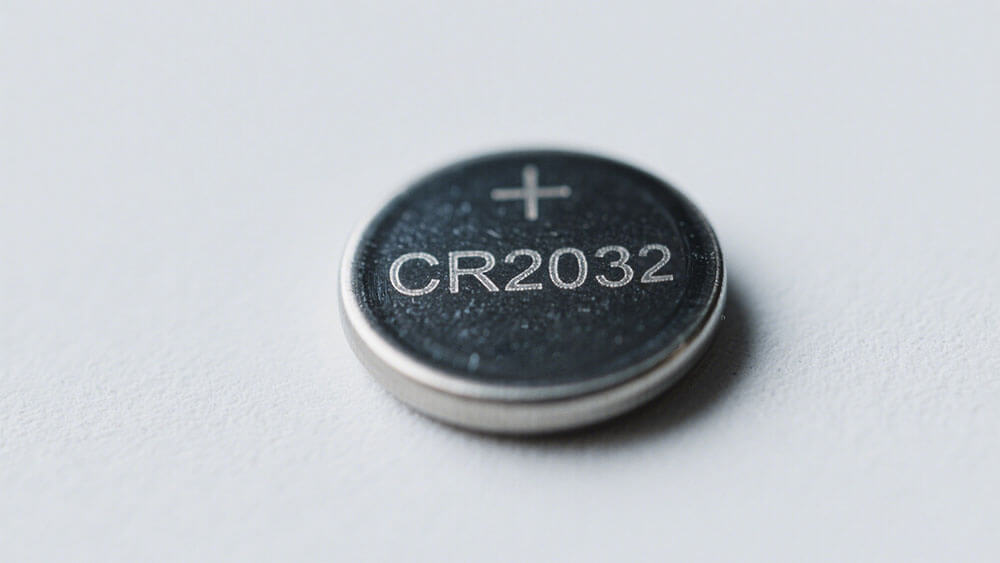
Part 4: Selecting the Right Small Battery
4.1 Assessing Energy and Power Requirements
Selecting the right battery begins with understanding your energy and power needs. Different battery sizes and chemistries offer varying capacities, voltages, and energy densities. For instance, a small lithium battery like the CR2032 provides 3V and is ideal for compact devices such as key fobs. To simplify the selection process, consider the following metrics:
Metric | Description |
|---|---|
Battery Size | The physical dimensions of the battery, impacting design and concealment in projects. |
Battery Weight | The mass of the battery, which affects portability and overall project weight. |
Energy Density | The amount of energy stored per unit weight, crucial for projects with limited space. |
Battery Price | The cost of the battery, influencing the overall budget of the project. |
Battery Voltage | The electrical potential provided by the battery, determined by its cell chemistry. |
By analyzing these metrics, you can ensure the battery aligns with your device’s operational requirements and design constraints.
4.2 Matching Battery Types to Specific Applications
Each application demands a specific battery type. Lithium-ion batteries dominate portable electronics due to their high energy density and rechargeability. For industrial IoT devices, lithium-thionyl chloride batteries excel with their long lifespan and ability to withstand extreme conditions. Alkaline batteries remain a cost-effective choice for low-drain devices like remote controls. Matching the battery type to the application ensures optimal performance and reliability.
Tip: Consult with reliable manufacturers to customize battery solutions for unique applications. Explore Large Power’s custom battery solutions.
4.3 Balancing Cost, Performance, and Longevity
Balancing cost, performance, and longevity is critical for effective battery selection. Evaluate upfront costs alongside the total cost of ownership. For example:
Assess the expected lifespan to ensure the battery meets operational needs.
Monitor performance trends to predict longevity and safety.
Collaborate with suppliers to identify performance gaps and optimize designs.
These steps help you achieve cost-effectiveness without compromising on quality or durability.
4.4 Prioritizing Sustainability and Environmental Impact
Sustainability is increasingly important in battery selection. Lithium-ion batteries, while efficient, have environmental challenges due to greenhouse gas emissions during production. Recycling can reduce these emissions by 8% and alleviate resource scarcity. Life Cycle Assessments (LCA) provide insights into the environmental impact of different battery technologies. For businesses prioritizing sustainability, consider partnering with manufacturers that emphasize eco-friendly practices. Learn more about sustainable battery solutions at Large Power’s sustainability initiatives.
Small batteries have revolutionized industries by offering compact, efficient, and versatile energy solutions. Their applications span sectors like transportation, healthcare, and industrial IoT, where reliability and performance are critical. Selecting the right battery involves balancing energy needs, cost, and sustainability.
Sector | Advancements | Applications | Selection Criteria |
|---|---|---|---|
Transportation | Electric vehicles (EVs) | High capacity and power requirements | |
Power Sector | Supports transitions from coal and gas | Battery storage for renewable energy | Efficiency in power systems |
Industrial | Continuous power supply demand | UPS systems for telecom, data centers, etc. | Reliability and quality of power supply |
Lithium-ion batteries dominate due to their high energy density and adaptability. Emerging technologies like sodium-ion batteries promise further innovation. Businesses should embrace these advancements to drive sustainable growth. Learn more about eco-friendly solutions at Large Power’s sustainability initiatives.
FAQ
1. How do you store small batteries safely?
Store small batteries in a cool, dry place. Keep them away from direct sunlight, heat sources, and moisture to prevent damage or leakage.
Tip: Use a dedicated battery organizer to avoid accidental short circuits.
2. Can you recycle small batteries?
Yes, most small batteries are recyclable. Take them to designated recycling centers or drop-off points to ensure proper disposal and environmental safety.
♻️ Note: Recycling reduces waste and conserves valuable materials like lithium and nickel. Learn more about sustainability in battery technology here.
3. What is the shelf life of small batteries?
The shelf life varies by type. Alkaline batteries last 5-10 years, while lithium batteries can last up to 12 years when stored properly.
Reminder: Check the expiration date on the packaging for optimal performance. By enhancing efficiency and extending lifespan, these circuits contribute to reliable energy solutions.





